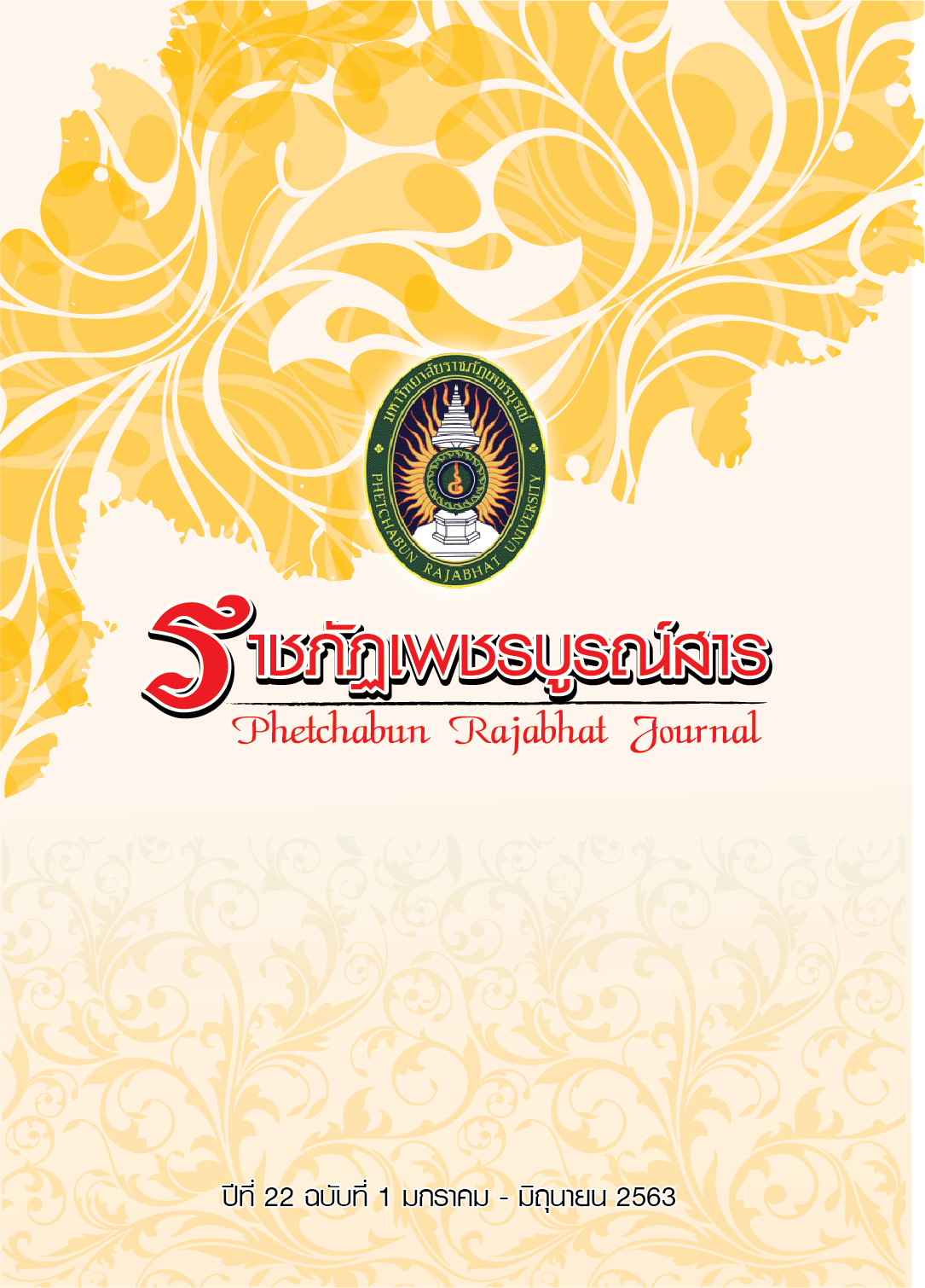The Marketing Opportunities of Sisal Products
Main Article Content
Abstract
The objective of this research was to compare the opinions of consumers towards the number of purchases of sisal products of Agricultural Cooperative Village, Hup Kapong district, classified by gender, age, education level. Income per month, occupation and to compare the opinions of consumers towards the current sisal products and the new products of the agricultural cooperative village, Hup Kapong. Instate of Product, price, distribution channel and promotion activities on marketing. Population used in education Is a consumer group that has experience buying sisal products by answering the questionnaire 397 samples were selected. The statistics used for data analysis were percentage, mean and standard deviation to explain demographic data and use Pearson Chi-Square (P) statistics. To explain the relationship and Paired Simples T-Test to compare the mean and relationship.
The results showed that 397 respondents were classified into 309 females, the highest age of 41 - 50 years, the highest degree of bachelor degree, 192 people, an average monthly income of 50,001 baht or more, the highest occupation of 191 private company employees. The behavior of buying sisal products on type of product that bought the most bags, 214 people, with the frequency of purchase 2-3 times the most and found that personal factors in terms of sex, age, education level the monthly income and the different occupations are related to the number of sisal purchases. Comparison between pre-purchase expectations and satisfaction after buying current products and buying new products. The sample group was impressed (satisfaction over expectations) in all marketing mix factors. Comparison between satisfaction after purchasing the current product and satisfaction after purchasing a new product found that the development of new products in the product and distribution factors resulted in increased satisfaction of the respondents.
Article Details
เนื้อหาและข้อมูลในบทความที่ลงตีพิมพ์ในวารสาร ถือเป็นข้อคิดเห็นและความรับผิดชอบของผู้เขียนบทความโดยตรง ซึ่งกองบรรณาธิการวารสารไม่จำเป็นต้องเห็นด้วย หรือร่วมรับผิดชอบใด ๆ
References
เพชรรัตน์ มีสมบูรณ์พูนสุข. (2552, มกราคม-มิถุนายน). แนวทางการพัฒนาศักยภาพการตลาดสําหรับผู้ประกอบการสตรีในชุมชน:กรณีศึกษาวิสาหกิจขนาดย่อมผลิตภัณฑ์หัตถกรรมผ้าฝ้าย.วารสารศิลปกรรมศาสตร์ มหาวิทยาลัยศรีนครินทรวิโรฒ, 13(1).
สำนักพัฒนาอุตสาหกรรมในครอบครัวและหัตถกรรม. (2544). การพัฒนาเพื่อยกระดับผลิตภัณฑ์หัตถกรรมพื้นบ้านให้ได้เปรียบในเชิงแข่งขัน. กรุงเทพฯ: กรมส่งเสริมอุตสาหกรรม.
อดุลย์ จาตุรงคกุล. (2546). การบริหารการตลาด: กลยุทธ์และยุทธวิธี. กรุงเทพฯ: มติชน.
อารียา กองกาญจนาทิพย์. (2553). ทัศนคติที่ส่งผลต่อพฤติกรรมการซื้อและการใช้ผ้าขาวม้าของผู้บริโภคในเขตอําเภอเมือง จังหวัดราชบุรี. (วิทยานิพนธ์บริหารธุรกิจมหาบัณฑิต). มหาวิทยาลัยศรีนครินทรวิโรฒ, บัณฑิตวิทยาลัย, สาขาวิชาการตลาด.
Armstrong, G. and Kotler, P. (2003). Marketing: An introduction. 9th Edition. Upper Saddle River,NJ: Prentice Hall.
Christopher Lovelock and Lauren Wright. (2002). Principles of Service Marketing and Management. 2nd Edition. University of North Carolina Lauren Wright, California State University-Chico.
Etzel, M. J., Walker, B. J. and Stanton, W. J. (2007). Marketing. 14th Edition. Boston: McGraw – Hill.
Kotler, P. (2000). Marketing management: analysis, planning implementation and control.9th Edition. International.
Peter, P. J. and Donnelly, J. H. (2007). Marketing Management: Knowledge and Skills.8th Edition. NewYork: McGraw Hill.


